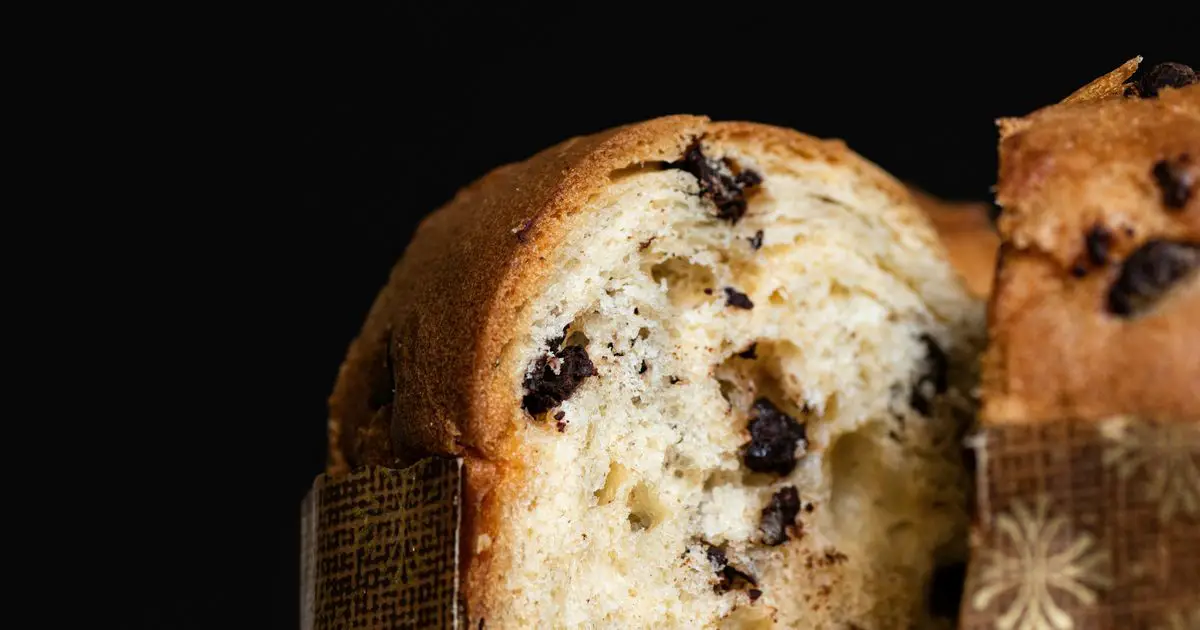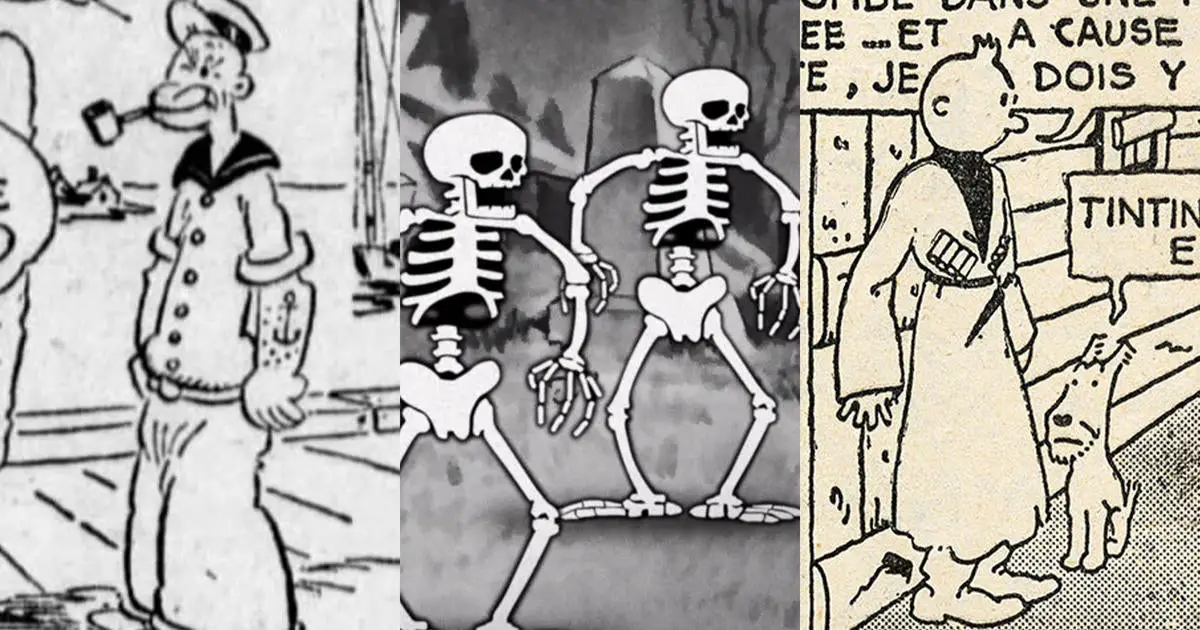
Until about eight months ago, I only associated the word “Cornetto” with the ice cream brand (and their tasty bottom-of-the-cone chocolate nubs).
What a waste the years prior were. Ever since I tried buttery, pillow-soft Italian cornetto pastry in a bakery dangerously close to my home, I’ve become addicted to the fluffy delight.
But despite being told the creation is basically an “Italian croissant,” I’ve since been roundly rebuffed for repeating that information.
So what is the difference?
Texture has a lot to do with it
According to Italian food YouTuber Giada de Laurentiis, “In France you’d start your day with a flakey, buttery croissant and a cafe au lait, while in Italy breakfast would be a soft and sweet cornetto with a cappuccino.”
That’s because, though they’re both laminated doughs that involve a lot of fiddly folding and time-consuming proving, they each have different ingredients.
The plainest of plain cornetto contains flour, eggs, sugar, milk, butter (or oil, or lard), yeast, and salt; while a French croissant uses more butter, skimps on the egg, and uses less sugar.
Eggs typically make bread and other doughs softer and fluffier (which is one of the reasons why, say, brioche has less bite than baguettes).
That’s because, as pastry chef, recipe developer, and author Nicola Lamb writes in her cookbook Sift, “yolks contain the powerful emulsifier lecithin, which helps retain bubble structures by stabilising the at-odds fat and water in the dough.“
So… how do I tell them apart?
Absent of a label, cornetti may be more likely to be filled with things like chocolate, jam, or custard than croissants.
The “cornetto,” whose name translates to “little horn,” may also have less defined layers ― its topmost layers are also far less likely than a croissant’s to “shatter” when you pick them up.
However, levels of cakiness differ by region and personal preference.
“Just to confuse things, in parts of Northern Italy cornetti are called “brioche,” though this can have different meanings from one region to the next,” tour site Carpe Diem Tours said.
They don’t make it easy, do they?







